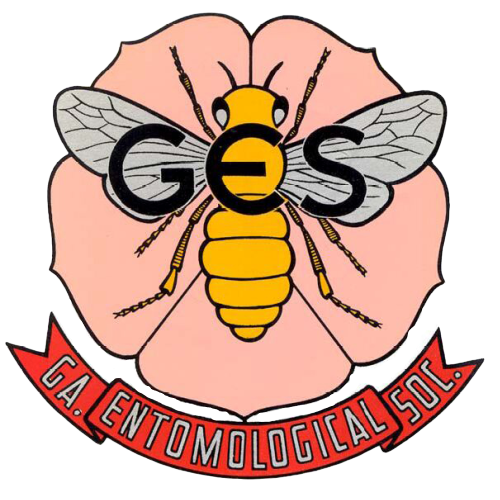A Preliminary Paleoecological Analysis of Fossil Insects from a Cretaceous Crater Lake at Orapa Diamond Mine in Botswana1
Abstract
Taphonomy is a field that explores the intricate processes through which organisms decay and ultimately become fossilized within the geologic record. Since the Devonian period, a diverse array of fossil insects have been uncovered in various ancient environments. In Africa, a particularly noteworthy site is the large Cretaceous volcanic crater lake found inside the Orapa Diamond Mine in Botswana, which was created by an eruption of diamond-rich epiclastic kimberlites. The deposit bears fossil plants and insects that have been studied in the past by many researchers. This work investigated the taphonomy of fossil insects from this deposit through a preliminary analysis of two sediment types, which included 40 brown-red blocks and 20 olive-green blocks. We measured and compared relative abundances of insect taxa, insect body parts, insect size, plant stems, and plant fragments found in brown-red blocks and olive-green blocks. The brown-red blocks contained more complete faunal specimens and had a higher abundance of Diptera, Hymenoptera, and Blattodea, whereas olive-green blocks contained more disarticulated wings, elytra, and abdomen and had a higher abundance of Coleoptera and Hemiptera despite having a smaller sample size. In addition, olive-green blocks had more slabs with a high abundance of plant fragments and stems. Both sediment types contained an equal number of small- to medium-sized insects. The results suggest that the two sediment types represent different environments. However, color alone is not a reliable criterion for separating rock facies. More studies are needed to consolidate our findings.
Contributor Notes
Entomology Unit, Biosystematics Division, Agricultural Research Council—Plant Health and Protection (ARC-PHP), Private Bag X134, Queenswood, Roodeplaat, Pretoria, 0121, South Africa.
Department of Biotechnology and Biological Science, Faculty of Agricultural Sciences, University of Fort Hare, Alice, 5700, South Africa.
Department of Biological and Environmental Sciences, Faculty of Natural Sciences, Walter Sisulu University (Nelson Mandela Drive campus), Private Bag X1, Mthatha, 5117, South Africa.
Dr. McKay died in July 2022 but nonetheless played an important role to this work.
